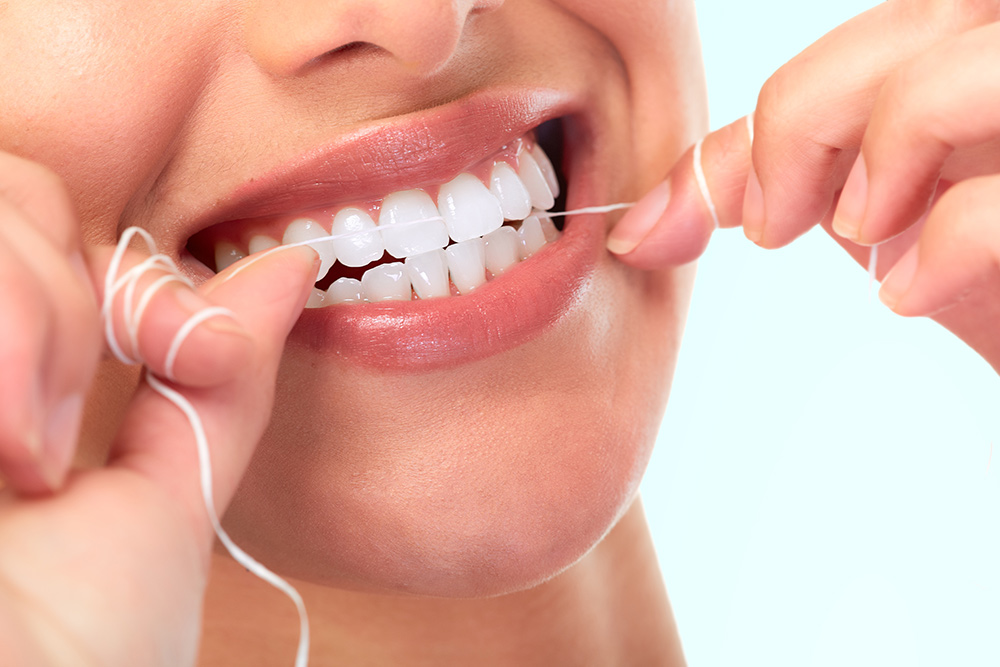Flossing is a vital part of maintaining good oral hygiene. While brushing removes plaque from the surfaces of your teeth, flossing helps clean the areas between your teeth that a toothbrush can't reach. This helps prevent cavities, gum disease, and bad breath.
Why Flossing is Essential
When food particles and plaque are left between your teeth, they can lead to the development of cavities and gum disease. Flossing removes these particles and plaque from hard-to-reach places, significantly reducing your risk of developing dental problems.
Gum disease, which can cause inflammation and infection in the gums, is another concern. Flossing helps to remove plaque from below the gum line, preventing gingivitis, the earliest stage of gum disease. Regular flossing also helps to prevent more advanced gum diseases like periodontitis.
Flossing is essential for keeping your gums healthy and preventing long-term damage to your oral health.
How to Floss Properly
To floss effectively, use about 18 inches of floss and wrap it around your middle fingers. Hold the floss tightly between your thumbs and index fingers and gently slide it between your teeth. Curve the floss around the sides of each tooth and slide it up and down to remove plaque and food particles.
- Use a gentle back-and-forth motion to avoid damaging your gums.
- Make sure to floss between all of your teeth, including the back ones.
- If you're having trouble using traditional floss, try floss picks or water flossers.
It's recommended to floss at least once a day, preferably before brushing your teeth to allow fluoride from the toothpaste to better penetrate between your teeth.
Best Dental Clinic in Tirunelveli
